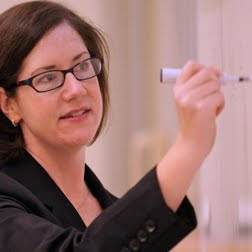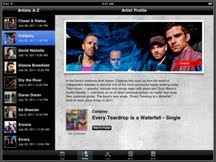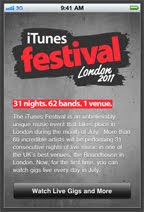 A new study by TNS, which is one of the world's largest research firms, reveals that 87 percent of Americans with $500,000 or more in investable assets are increasingly concerned about the deficit and its potential impact on retirement funds.
A new study by TNS, which is one of the world's largest research firms, reveals that 87 percent of Americans with $500,000 or more in investable assets are increasingly concerned about the deficit and its potential impact on retirement funds. Although about 40 percent said they would pay higher taxes to offset changes to Social Security and Medicare, they are even more concerned about the growing deficit. In fact, 40 percent would accept changes to both Social Security and Medicare if it would help reduce the deficit. Their sentiment is shared by a growing number of Americans.
• 43 percent feel the current state of the economy will jeopardize their retirement plans.
• 40 percent plan to reduce the amount of money they spend compared to last year.
• 56 percent are concerned that the U.S. government may default on its debt obligations.
• 60 percent do not think the U.S. government should increase the federal debt ceiling.
Along with increasing concerns about the long-term prospects, investor confidence has dropped 11 points to its lowest level in about a year. Joe Hagan, senior vice president of TNS, speculates that increased stress and discomfort among investors will continue to cause declines in consumer confidence.
In fact, that has already happened. Confidence is lower than in 2009.
Marketers share similar concerns over the economy.
According to the Financial Times, investors are not alone. A recent IPA/BDO Bellwether survey reveals more companies in the United Kingdom — about one-fifth of those surveyed — were trimming advertising budgets. Even those that are not trimming budgets are looking at the remainder of the year with caution.
“Our view is that the economy may have slipped back into a slight contraction in the second quarter," Chris Williamson, chief economist at Markit, told the Financial Times. "This confirms that picture of very little growth in the economy. We expect marketers to remain cautious over the rest of the year.”
 The United Kingdom is not alone. Marketers are cutting budgets again. This time it seems the decision has less to do with spending cuts as much as it relates to consumer confidence. While some people are attempting to look at the positive side of budget reductions, the more recent economic shakes have less to do with budgets than marketing executives reacting to a marketplace with lower returns on marketing investments.
The United Kingdom is not alone. Marketers are cutting budgets again. This time it seems the decision has less to do with spending cuts as much as it relates to consumer confidence. While some people are attempting to look at the positive side of budget reductions, the more recent economic shakes have less to do with budgets than marketing executives reacting to a marketplace with lower returns on marketing investments.While it is often prudent to increase marketing during a recession (because ad rates are cheaper and competitors are spending less), marketers are more concerned this time around because consumers seem frozen. Those who have limited or even disposable income are not spending it, believing they will need it in the face of increased taxes and budget deficits or default (both of which weaken the dollar).
What's the best course of action for the balance of 2011?
While cutting marketing budgets may seem like a viable option, it would be more prudent for most companies to re-evaluate their marketing strategies — focusing on long-term brand and relationship building as opposed to immediate hard returns on investment.
Keith Turco wrote a column for Forbes recently, attempting to shock a few readers away from what he attributes to analysis paralysis. He more or less believes that companies are not committing enough of their marketing budgets because they are too busy trying to make every cent trace back to a sale.
Analysis paralysis is certainly part of the culprit, but it is not the only factor. Market research is finding that more and more people aren't ready to buy because the political climate has remained heavily uncertain. This isn't isolated to any segment of the market, but rather the entire world. In terms of changing confidence, some economists see an end to the debt ceiling debate in Washington as the only chance for a reversal. (Others say it is the continued broken promises to ease the burden of unemployment.)
 But even if it doesn't, marketing ought not to care so much. The simple reality is that the economy will eventually climb out of the recent hole it has been forced deeper into and consumer confidence will rise with better leadership. (And if it doesn't climb out, then it hardly matters how anyone plays their cards anyway).
But even if it doesn't, marketing ought not to care so much. The simple reality is that the economy will eventually climb out of the recent hole it has been forced deeper into and consumer confidence will rise with better leadership. (And if it doesn't climb out, then it hardly matters how anyone plays their cards anyway). And thus, marketing departments that shift tactics toward long-term strategic models will be able to better position their companies on an economic upswing than those who treat their marketing budgets like yo-yos tied to economic forecasts.
Or, in other words, when economic outlooks improve, any company would be better off with relationships in the wings than those who attempt to restart at the first signs of life with a very different kind of consumer. Changing consumer confidence is psychology.

























